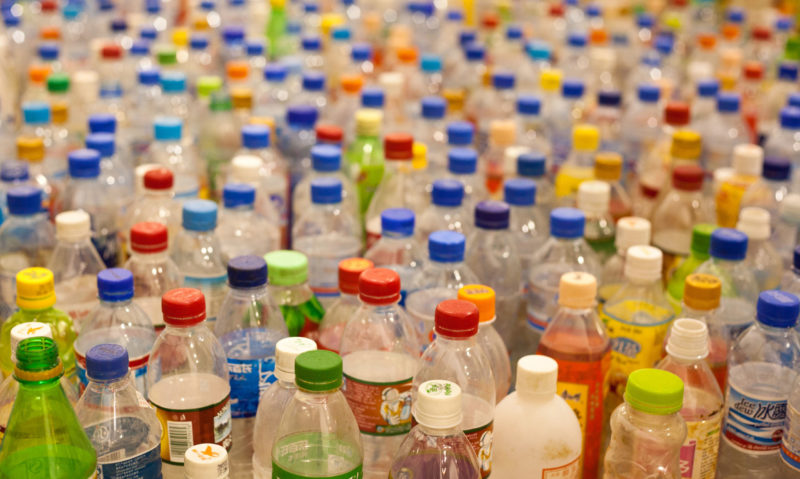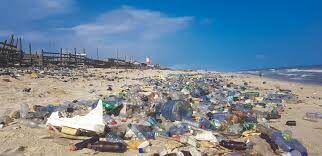Big Corporations Use of Plastic
Big drink corporations such as Coca-Cola have massive impacts on the environment due to their decision to use plastic. Shockingly, “Four global drinks giants are responsible for more than half a million tonnes of plastic pollution in six developing countries each year, enough to cover 83 football pitches every day” (Laville, 2020). What makes the disposal of plastic so disturbing is the fact that developing countries are having to deal with it and it is having a harmful health effect. To put it in perspective, “Between 400,000 and a million people die every year in low- and middle-income countries because of diseases related to plastic and other mismanaged waste” (Laville, 2020). People have to breathe the air where all of the plastics that contain harmful chemicals are burned. The improper disposal of plastics is literally killing people and the larger corporations are acting as if they’re sustainable and looking out for people and communities.

No Slowing Down
There are no signs that the production of plastic will be slowing down any time soon. What is even more concerning is “World plastic production has already exceeded the production of such materials as textiles, paper, and aluminum” (Shershneva, 2021). As more plastic finds its way into the environment, there will be an increase in negative impacts. Some of those negative impacts include, “Climate change and deterioration of hydro- and biosphere, depletion of biotic resources and biodiversity, acidification and photochemical oxidation of environment, an increase of oil and electricity power consumption, and toxicity to humans and growth of garbage” (Shershneva, 2021). It is going to take the combined effort of the government, businesses, and citizens to attack the plastic pollutant issue.
Plastic During Covid
Covid had a massive impact on plastic pollution because so much of the health equipment used in hospitals are made of plastics. In fact, “Most of the devices used to save lives are made totally or partially of plastic, such as respirators, thermometers, and COVID-19 tests, in addition to other more common and no less important items such as syringes, tubes, oropharyngeal cannulas, suction probes, catheters, packaging of saline solutions and medicines, among many others”(De Sousa, 2020). Due to the severity of COVID, there was no alternative to using this much plastic and it was not even close to the main concern. To add on top of this, all of the restaurants were forced to make food to go and the containers used for that were almost always plastic.

References
De Sousa. (2020). Pros and cons of plastic during the COVID-19 pandemic. Recycling (Basel), 5(4), 1–17. https://doi.org/10.3390/recycling5040027
Laville, S. (2020, March 30). Report reveals ‘massive plastic pollution footprint’ of drinks firms. The Guardian. Retrieved October 15, 2021, from https://www.theguardian.com/environment/2020/mar/31/report-reveals-massive-plastic-pollution-footprint-of-drinks-firms.
Shershneva, E. G. (2021). Plastic waste: Global impact and ways to reduce environmental harm. IOP Conference Series.Materials Science and Engineering, 1079(6) doi:http://dx.doi.org/10.1088/1757-899X/1079/6/062047
